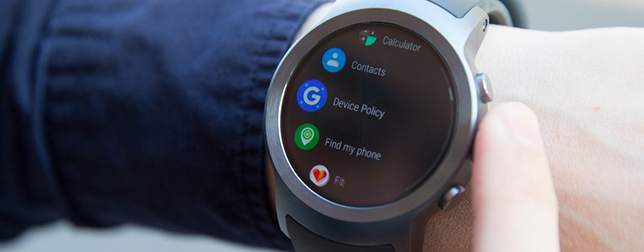In March, after the Android Wear rebrand to Wear OS, Google announced a developer preview based on Android P for its wearable platform. The major focus was preserving battery life, and Google announced plans to boost that for Android P. While on the software side the new smartwatch-dedicated chip by Qualcomm will help in that regard, the company decided to trim down on what apps could do in the background. However, Google faced some opposition from developers and users over constraints and as a result improved them with Developer Preview 2 at I/O 2018. Today, the company is again rolling back the changes and restore things to how they were.
Read more Is Google Secretly Working on a Pixel Smartwatch?
The OS was especially more aggressive about radios. Bluetooth, Wi-Fi, and cellular would shut down when watches aren’t being worn.
While Android P for smartphones boosts battery life, it uses a more subtle approach. By using something called “App Standby Bucket,” it figures out which apps are being used the least and puts a cap on the background processes they can run that unnecessarily drain your battery. But the Wear OS team decided to disable alarms and jobs for all background apps, regardless of use.

Several health and fitness developers have said their apps require background monitoring of the user’s motion and other vitals throughout the day. According to the developers, these apps cannot perform background monitoring if background services are unable to set jobs and alarms. In these rare cases, it is recommended that the apps use foreground services to anchor jobs and alarms.
The developers also note that they couldn’t monitor motion and other vital signs throughout the day without background monitoring and services.
Read more Upcoming Samsung Smartwatch May Be Powered by Google’s Wear OS
Google said in a statement: “When we talked to the developer community, [this was] the update that attracted the most feedback.” Google’s Wear OS team acknowledged that blocking background alarms and jobs “prevents reasonable usage and promotes anti-patterns.” So, they have reversed the change, for now.
Google is still emphasizing on the exact settings for jobs and alarms, but notes that “going forward” developers will be advised to use the same App Standby Buckets used in Android P to fine-tune an appropriate setting for Wear OS devices.












